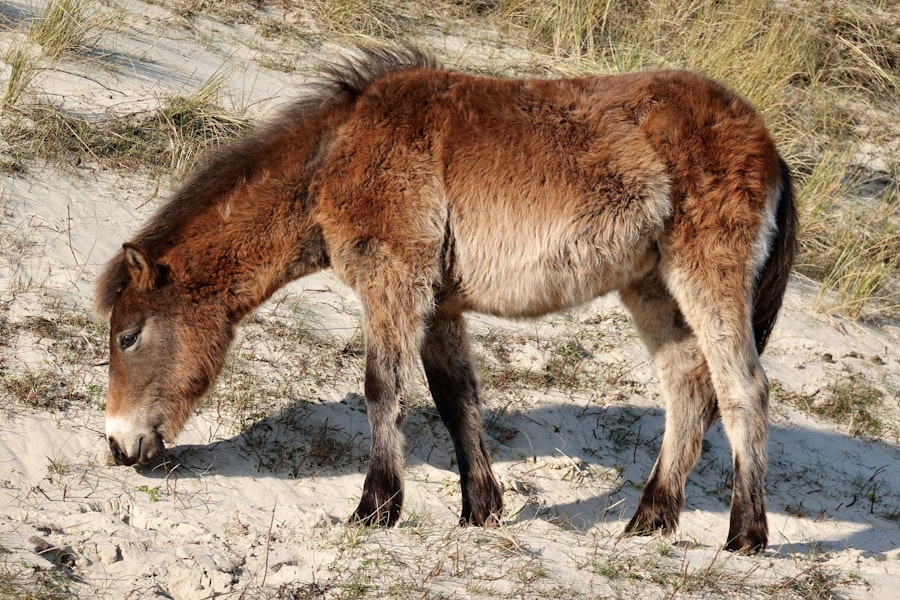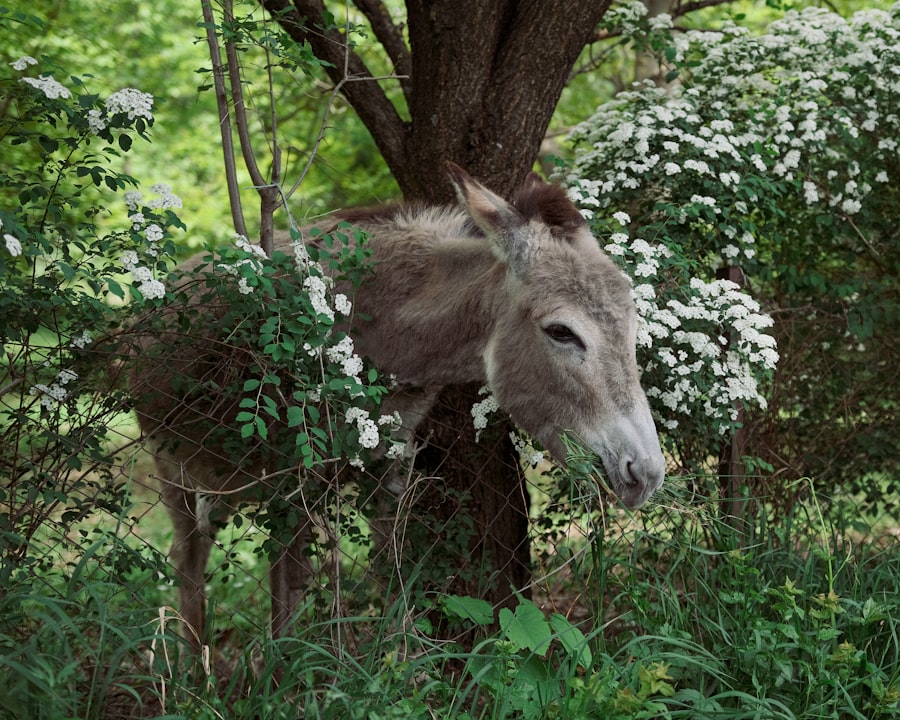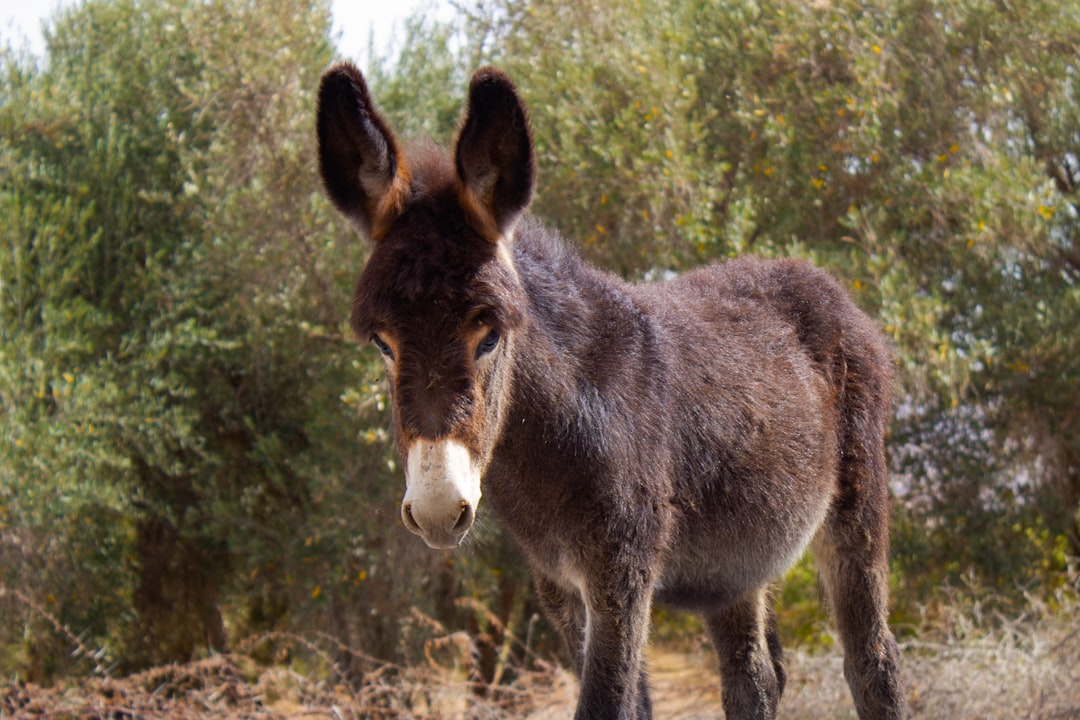The tale of Pinocchio, originally penned by Carlo Collodi in the late 19th century, is rich with themes of morality, identity, and transformation. One of the most striking elements of this narrative is the transformation of boys into donkeys, a fate that befalls Pinocchio’s peers as they indulge in reckless behavior. This metamorphosis serves as a cautionary tale, illustrating the consequences of disobedience and the loss of innocence.
The origin of this transformation can be traced back to Collodi’s own experiences and observations of society, particularly the vices that plagued youth during his time. The donkey, often associated with stubbornness and foolishness, becomes a fitting representation of the consequences that arise from a lack of discipline and moral guidance. In the story, the transformation is not merely a physical change but also a profound commentary on the loss of humanity.
As the boys revel in their newfound freedom, they unwittingly sacrifice their identities and futures. This transformation serves as a pivotal moment in the narrative, highlighting the dangers of hedonism and the importance of adhering to societal norms. Collodi’s choice to incorporate such a drastic change reflects his understanding of the complexities of childhood and the societal pressures that can lead to moral decay.
The origin of this transformation thus lies not only in the fantastical elements of the story but also in a deep-seated critique of human behavior and societal values.
Key Takeaways
- The origin of the Pinocchio donkey transformation lies in the 1883 novel “The Adventures of Pinocchio” by Carlo Collodi.
- The donkey transformation in Pinocchio has psychological implications, representing the consequences of indulgence and disobedience.
- The donkey symbolizes greed, ignorance, and the loss of innocence in Pinocchio, reflecting the character’s moral journey.
- The transformation teaches moral lessons about the dangers of temptation, the importance of honesty, and the consequences of bad behavior.
- The magical elements behind the donkey transformation add a fantastical and cautionary aspect to the story of Pinocchio.
The Psychological Implications of the Transformation
The psychological implications of the donkey transformation in Pinocchio are profound and multifaceted. On one level, it represents a regression into a more primal state, stripping away the veneer of civilization that defines humanity. This regression can be interpreted as a metaphor for the loss of self-control and rationality that often accompanies indulgence in vice.
The boys who transform into donkeys are not merely losing their physical forms; they are also losing their ability to reason and make moral choices. This aspect of the transformation raises questions about identity and the essence of what it means to be human. Are they still the same individuals, or have they become mere animals driven by instinct?
Moreover, this transformation can be seen as a reflection of societal fears regarding youth and rebellion. The psychological impact on both Pinocchio and his peers is significant; it serves as a stark warning about the consequences of straying from the path of virtue. The fear of becoming a donkey—a symbol of foolishness—can lead to anxiety and self-doubt among children who identify with these characters.
This psychological dimension adds depth to the narrative, as it forces readers to confront their own fears about conformity, identity, and the potential for moral failure.
The Symbolism of the Donkey in Pinocchio

In Pinocchio, the donkey serves as a powerful symbol with multiple layers of meaning. Traditionally associated with hard work and burden-bearing, donkeys also embody stubbornness and ignorance. In the context of Collodi’s narrative, the transformation into a donkey signifies not only a loss of innocence but also a descent into foolishness.
The boys who become donkeys are often portrayed as indulging in their desires without regard for consequences, embodying a carefree attitude that ultimately leads to their downfall. This symbolism resonates deeply within the story, as it reflects broader themes of responsibility and accountability. Furthermore, the donkey represents a departure from childhood innocence into a more complex reality filled with moral ambiguity.
As Pinocchio witnesses his friends’ transformations, he grapples with his own identity and choices. The donkey becomes a cautionary figure, reminding both Pinocchio and readers alike that succumbing to temptation can lead to dire consequences. This duality—of being both a burdened creature and a symbol of folly—enhances the richness of Collodi’s narrative, inviting readers to reflect on their own choices and the potential repercussions that may follow.
The Moral Lessons Portrayed in the Transformation
| Character | Moral Lesson |
|---|---|
| Dr. Jekyll | The dangers of suppressing one’s true nature and desires |
| Mr. Hyde | The consequences of giving in to one’s darker impulses |
| Dr. Lanyon | The importance of facing the truth, even if it is difficult |
| Utterson | The value of loyalty and friendship in the face of adversity |
The moral lessons embedded within the donkey transformation are central to understanding Collodi’s intentions in crafting Pinocchio’s tale.
The boys who succumb to temptation are ultimately punished for their lack of foresight and responsibility.
This serves as an allegory for the consequences that arise from abandoning one’s values in pursuit of immediate gratification. Collodi emphasizes that actions have repercussions, and those who fail to heed this lesson may find themselves trapped in undesirable circumstances. Moreover, the transformation underscores the significance of guidance and mentorship in shaping character.
Pinocchio’s journey is marked by encounters with various figures who embody different moral lessons—some positive, others negative. The stark contrast between those who remain human and those who become donkeys highlights the importance of making wise choices and surrounding oneself with positive influences. Through this lens, Collodi advocates for parental guidance and societal responsibility in nurturing children’s moral development, reinforcing the idea that wisdom often comes from learning through experience.
The Magical Elements Behind the Transformation
The magical elements surrounding the donkey transformation in Pinocchio add an enchanting layer to an otherwise cautionary tale. The story is steeped in fantasy, where anthropomorphic characters and whimsical events coexist with moral lessons. The transformation itself is facilitated by magical forces that reflect both wonder and danger.
This interplay between magic and morality creates an engaging narrative that captivates readers while simultaneously imparting important life lessons. The use of magic in this context serves to heighten the stakes for Pinocchio and his friends. Their metamorphosis into donkeys is not merely a physical change; it is an embodiment of their choices made in a world where magic can both reward and punish.
This duality emphasizes that while magic can offer escape or adventure, it also carries consequences that must be navigated carefully. The fantastical elements thus serve as both a vehicle for storytelling and a means to explore deeper themes related to choice, consequence, and personal growth.
The Evolution of the Donkey Transformation in Popular Culture

The donkey transformation in Pinocchio has undergone significant evolution since its inception in Collodi’s original tale. Over time, various adaptations have reinterpreted this iconic moment, each adding its own unique flair while retaining core themes. Disney’s animated adaptation introduced a more family-friendly approach, softening some darker elements while still conveying essential moral lessons.
In this version, the transformation is depicted with vibrant animation and musical numbers, making it accessible to younger audiences while preserving its cautionary essence. As popular culture continues to evolve, so too does the representation of this transformation across different media platforms. Contemporary retellings often explore themes such as peer pressure and self-identity through modern lenses, reflecting current societal concerns.
This evolution highlights not only the timeless nature of Pinocchio’s story but also its adaptability to changing cultural contexts.
The Influence of the Donkey Transformation on Children’s Literature
The impact of the donkey transformation extends beyond Pinocchio itself; it has significantly influenced children’s literature as a whole. Many authors have drawn inspiration from Collodi’s cautionary tale, incorporating themes of transformation and moral consequence into their own works. The idea that characters can undergo drastic changes based on their choices resonates deeply within children’s literature, serving as a powerful tool for teaching valuable life lessons.
Moreover, this transformation has paved the way for exploring complex themes such as identity, responsibility, and personal growth in children’s narratives. Authors often utilize similar motifs—characters facing dire consequences for their actions—to engage young readers while encouraging them to reflect on their own behavior. The legacy of Pinocchio’s donkey transformation thus lives on through countless stories that continue to shape children’s understanding of morality and character development.
The Role of the Transformation in Pinocchio’s Character Development
Pinocchio’s character development is intricately tied to the theme of transformation throughout his journey. Witnessing his friends become donkeys serves as a pivotal moment for him; it forces him to confront his own choices and motivations. Initially driven by curiosity and impulsiveness, Pinocchio gradually learns about responsibility and accountability through these experiences.
The threat of becoming a donkey looms large over him, acting as both a warning and a catalyst for growth. As he navigates various challenges—encounters with deceitful characters and moments of self-reflection—Pinocchio begins to understand that his actions have consequences beyond immediate gratification. The fear of losing his humanity becomes a driving force behind his desire to change for the better.
Ultimately, this transformation serves not only as a cautionary tale for him but also as an essential component of his evolution from a naive puppet into a conscientious boy who values integrity over indulgence.
The Cultural Significance of the Donkey Transformation
The cultural significance of the donkey transformation in Pinocchio extends far beyond its narrative function; it reflects broader societal attitudes towards childhood behavior and morality during Collodi’s time—and continues to resonate today. In many cultures, donkeys symbolize hard work but also foolishness; thus, transforming into one carries profound implications about identity and societal expectations. This cultural lens allows readers to engage with themes related to conformity, rebellion, and personal responsibility.
Furthermore, this transformation has sparked discussions about childhood innocence and societal pressures faced by young individuals throughout history. As children navigate their formative years amidst various influences—from peers to media—they often grapple with choices that can lead them down paths reminiscent of those taken by Pinocchio’s friends. By examining these cultural dimensions within Collodi’s work, readers gain insight into how narratives shape perceptions around morality while reflecting ongoing conversations about youth behavior across generations.
The Impact of the Transformation on Pinocchio’s Relationships
The donkey transformation significantly impacts Pinocchio’s relationships throughout his journey—a reflection not only on his character but also on those around him. As he witnesses friends succumb to their desires and become donkeys, he grapples with feelings of isolation and fear for his own fate. This shared experience creates an emotional distance between him and those who have transformed; they become symbols of what he could lose if he continues down a reckless path.
Moreover, these transformations serve as catalysts for deeper connections between Pinocchio and other characters who guide him toward redemption—such as Geppetto or Jiminy Cricket—who embody wisdom and moral integrity. Their influence becomes increasingly vital as he navigates challenges posed by temptation; they remind him that true friendship is rooted in shared values rather than mere indulgence or escapism. Thus, while transformations create barriers between characters initially, they ultimately foster growth within relationships built on trust, guidance, and mutual understanding.
The Legacy of the Donkey Transformation in Contemporary Media
The legacy left by Pinocchio’s donkey transformation continues to reverberate through contemporary media across various platforms—from literature to film adaptations—and remains relevant today due to its universal themes surrounding morality and personal growth. Modern interpretations often explore similar motifs related to choice versus consequence while adapting them for new audiences; this adaptability speaks volumes about how timeless these lessons truly are. In recent years, filmmakers have revisited Collodi’s tale through innovative storytelling techniques—such as live-action adaptations or animated reimaginings—that breathe fresh life into familiar narratives while retaining core messages about responsibility and integrity amidst temptation.
Additionally, discussions surrounding childhood behavior remain pertinent within educational contexts where educators utilize stories like Pinocchio’s journey as tools for teaching ethics alongside critical thinking skills. Ultimately, whether through traditional retellings or contemporary reinterpretations—the impact left by Pinocchio’s donkey transformation endures as an essential part of cultural discourse surrounding youth behavior across generations; it serves not only as entertainment but also as an enduring reminder about navigating life’s complexities with wisdom rather than folly.
In the classic tale of Pinocchio, one of the most memorable moments is the transformation of the boys into donkeys, which serves as a cautionary tale about the consequences of misbehavior. For a deeper understanding of this transformation and its implications, you can read more in the article found here. This article delves into the symbolism behind the transformation and how it reflects the themes of the story.
WATCH THIS! The Pinocchio Story Disney Doesn’t Want You To Know (It’s Brutal)
FAQs
What is the story of Pinocchio and the donkey transformation?
The story of Pinocchio, a wooden puppet who dreams of becoming a real boy, includes a scene where mischievous boys are transformed into donkeys as a punishment for their bad behavior.
How does the donkey transformation occur in Pinocchio?
In the story, mischievous boys are lured to Pleasure Island, where they indulge in all sorts of vices and bad behavior. As a consequence, they begin to transform into donkeys, both physically and mentally.
What is the symbolism behind the donkey transformation in Pinocchio?
The donkey transformation in Pinocchio is often interpreted as a cautionary tale about the consequences of indulging in bad behavior and the importance of being honest and responsible.
What lessons can be learned from the donkey transformation in Pinocchio?
The donkey transformation in Pinocchio serves as a warning about the dangers of giving in to temptation and the importance of making good choices. It also emphasizes the value of honesty and integrity.
